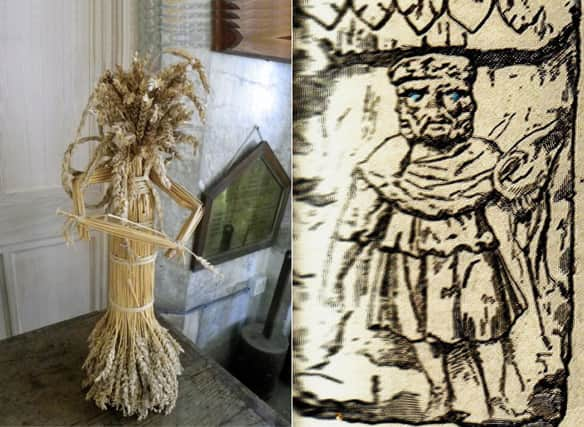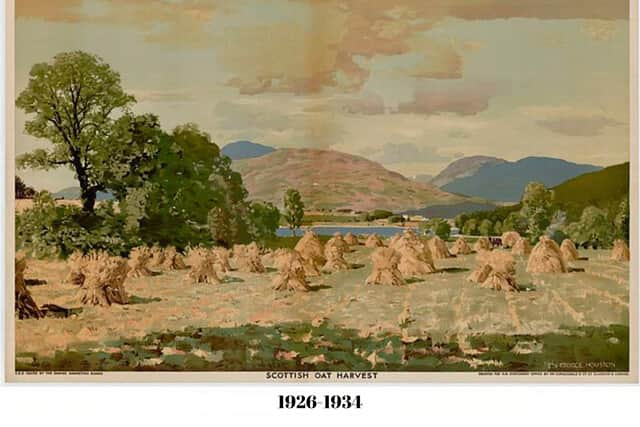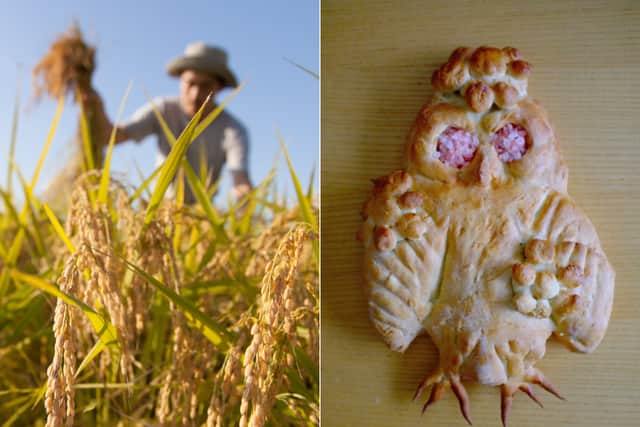Lammas Day 2023: An ancient Scottish tradition marking the season’s first harvest


Today thousands of people across Scotland and other countries of the Northern Hemisphere will celebrate Lammas, a festival that marks the first harvest of the season. Traditions include baking Lammas loaves, bundling twigs together, creating corn dollies and tucking into grand feasts with family and friends.
The festival, which was once celebrated all over Europe, has been observed in Scotland since medieval times when it was known as the ‘Gule of August’. However, while Lammas is associated with harvesting, don’t confuse it for ‘the Harvest Festival’ which is a separate occasion.
Advertisement
Hide AdAdvertisement
Hide AdLammas is one of Scotland’s many Celtic traditions that was performed to protect harvests and livestock well-being as these essential resources meant life or death for Scots. To understand this ancient custom better and the traditions, superstitions and rituals that surround it, here’s what you should know about Lammas Day.


What is Lammas?
Lammas is traditionally observed on August 1; between the summer solstice and Autumn equinox. On this day, the harvest commenced and tenant farmers would present their first crop harvest to their landlords e.g., wheat or corn.
It is also linked to Christianity hence the custom of bringing fresh loaves of bread to churches where they were consecrated. “Lammas” is derived from ‘hlaf’ which means ‘loaf’ and ‘maesse’ as ‘mass’ or ‘feast’ in Old English. According to the Old Farmer’s Almanac: “To the Celts, this was Lughnasaid, the feast of the wedding of the Sun god and the Earth goddess, and also a harvest festival.
“In Ireland, baskets of blueberries are still offered to a sweetheart in commemoration of the original fertility festival.
“In Scotland, the Lammastide fairs became famous for trial marriages that could be ended without question after a year.”
An old proverb associated with this festival reads: “After Lammas Day, corn ripens as much by night as by day.”


How do people mark Lammas?
On Lammas, rituals were conducted to protect farmers’ harvest and livestock by keeping evil spirits at bay for that season. Some accounts detail folk saining (blessing) cattle, slathering tar on animals’ tails and ears or hanging charms from cattle’s udders, and blue and red thread being braided through their tails.
The Digital Archive of Scottish Gaelic reports that at this time Scots said “Latha Lùnstail caillidh [a’] chreithleag an leth-shùil” or that the Gadfly - a pest to livestock - ‘loses one of its eyes’ and is rendered less harmful afterwards.
Advertisement
Hide AdAdvertisement
Hide AdThe first reaping of wheat and corn was done so that as many people as possible could have as much food as they wanted during the grand feast which marked the event. Other accounts state that loaves of bread, once consecrated in churches, were broken into four pieces and each piece was placed at the corners of barns as a ritual to protect harvested grains.
The loaves of Lammas bread were also baked into special shapes including owls, wheat and other deities.
Lammas Day Poems and Blessings
The following poem was said to have been recited on Lammas:
“Then let us toast John Barleycorn,
Each man a glass in hand;
And may his great posterity
Ne’er fail in old Scotland!”
Another beloved passage comes from the works of Robert Burns, this excerpt is from The Rigs O’Barley:
“It was upon a Lammas night,
When corn rigs are bonnie,
Beneath the moon’s unclouded light,
I held awa’ to Annie”
Comments
Want to join the conversation? Please or to comment on this article.
